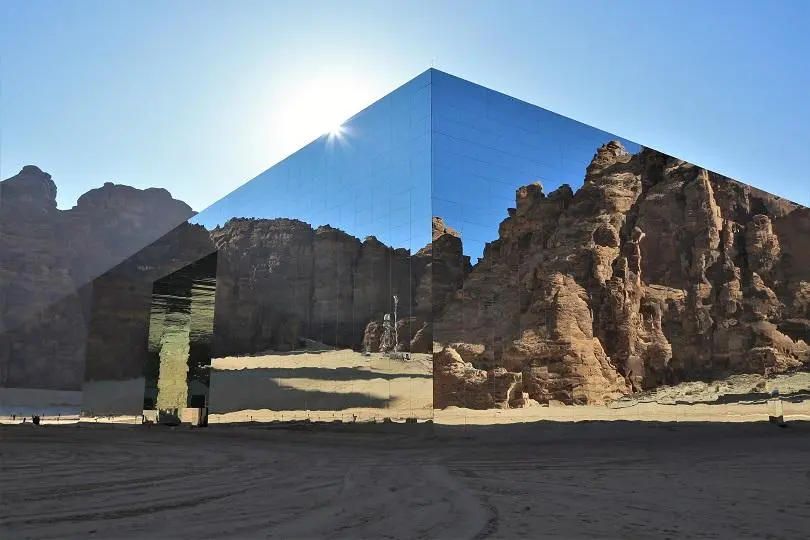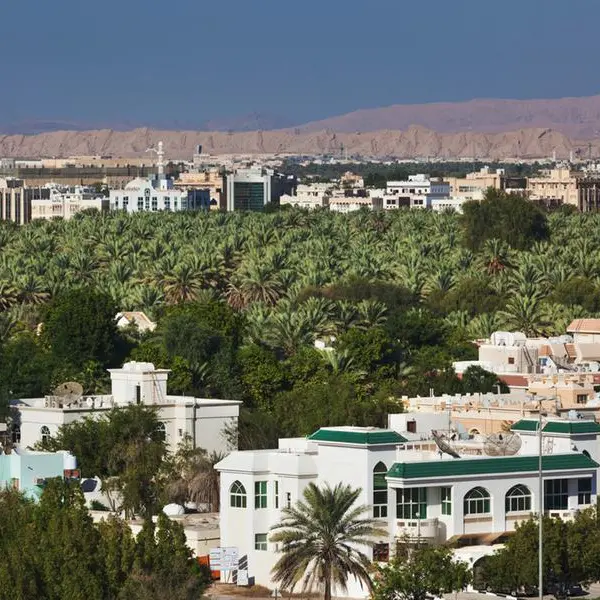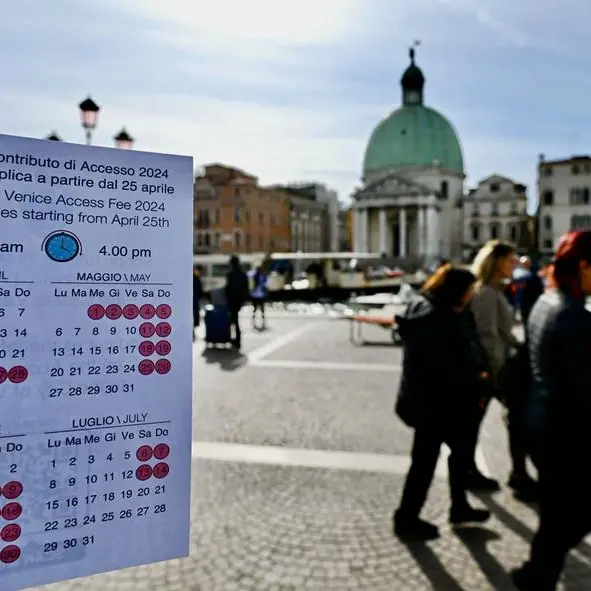PHOTO
This is Ikmah mountain, or the “open library” as it is referred to by AlUla’s locals. AlUla was a highlight on the trading route many took through the Arabian Peninsula. Travelers stopped at the mountain to document their stories or carve their names for those who came after them.
“We call Ikmah the ‘open library.’ If you want to know why it has this name, have a look around for a few seconds and you will see inscriptions all over the mountain,” Amal Aljahani, an expert Rawi storyteller, told Arab News.
Ikmah has over 500 inscriptions from the Dadan and Lihyan civilization. The earliest texts from the mountain have been studied and translated by historians and archeologists and have been dated back to the ninth and 10th century B.C.
The languages in the mountain include Aramaic, Thamudic, Dadanitic, Minaen, Nabatean, Greek, Latin, and Arabic. An important area for historians, Arabic linguistics experts, and archaeologists, the mountain offers a look back into the pre-Arabic era.
Tourists from the Kingdom and international visitors gather for hours to sit in front of the high peaks and observe the delicate techniques of the ancient language that turned into the modern Arabic letters we know today.
Some inscriptions were written by the region’s professional scribes while others were merely sketches by travellers and locals passing by years ago.
Many of these messages differed in meaning, some surviving inscriptions are names written in the ancient Arabic text, but many involve tales of the ongoing events of the local community.
These inscriptions described the kings who ruled the land, the religious beliefs of the people, and sometimes notes for other visitors.
Ikmah held a high place in the hearts of the locals and travelers. It was a sacred ground for pagan worship and sacrifice along with documentation. One of the inscriptions on the mountains was written by a woman named “Mirwa,” who carved her name into the rocks and detailed an offering she made to her deity.
“The woman used to come here and give her deity offerings to bless her and her children. The inscription says the deity blessed her and her children. Those are the kinds of things the people wrote here on this beautiful mountain,” Aljahani said.
Mirwa returned to add another inscription that her prayers were answered and her sons were blessed.
Some of these inscriptions are personal, while others are names or drawings of animals and musical instruments.
The oldest inscription in the Islamic era — known as the Naqsh Zuhayr — and the earliest glimpses into the Arabic language are documented on the east side. The inscriptions date back to 644 A.D.
The mountain hosts different inscription methods, Aljahani said, such as “carving inside the alphabet to be clearer.”
He added: “The second way is what we call the 3D way. It is the hardest method. They beautifully carved in between the alphabet letters using sand stones for the message to be clearer.”
In 2017, the Royal Commission of AlUla closed the mountain to begin preparation for the public to visit. Ikmah is now prepared and open to the public under the commission’s supervision.
Copyright: Arab News © 2021 All rights reserved. Provided by SyndiGate Media Inc. (Syndigate.info).












